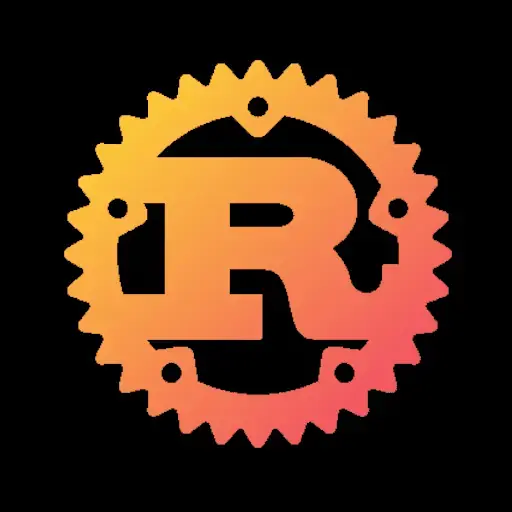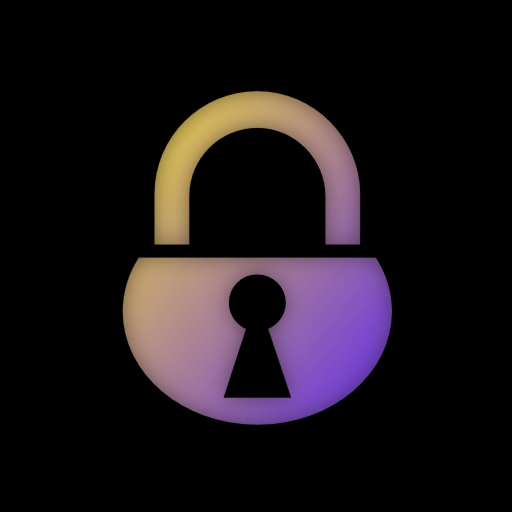

allow you to ssh into the box itself (Gitlab/Circleci)
In that case, things just get way easier. I can just check it out like a normal system.


allow you to ssh into the box itself (Gitlab/Circleci)
In that case, things just get way easier. I can just check it out like a normal system.


This is one condition in which I might like the “If it runs, you get marks” examiners
I am a very sloow reader. Foundation was a pretty thin book and I took months. I tend to read a little, imagine it, dream on it and have fun that way and this one turned out to work really well for that. I thought of checking out the Prelude and other parts in the series, but never went ahead with it.
I have seen myself getting intrigued by the thought the writer (may/may not have) put into the worldbuilding aspect and find myself exploring the same in my mind.
My habits: I read what I feel like, when I feel like it. I remember having borrowed picture encyclopedias from school libraries as a child and just leisurely reading them. Those things were pretty fun too.
:Playing wrong game = user error


Except for that most of it was not.
A lot of the noise on the screen (and speaker) was affected by radiation from nearby stuff.
I’d think that nowadays, it would be even more so, with way more WiFi and mobile phone signals everywhere. Now sure, different frequencies mean they would affect less, but the cumulative effect would still be more than the CMBR.
Also, I have a flat-screen CRT at home.


PreFix notation for mathematical operations. Hehe.
Interesting for me, but I’d rather not give this to someone who us more interested in making a plugin and calling it a day.
Why don’t we just use one of the FOSS white noise applications, which also have options for brown, pink and other colourful noises?
Or why don’t we just download an mp3 from soundcloud and use that? It’s not like YouTube is giving 1000Kb/s HD audio.
Oh right, YouTube is right there.


Guess GitHub can now claim to have created a lot more jobs.
Next, for me to check out GitLab CI.
And then keep a minimalist git serving solution for my own use.


Thanks, I’ll look into that.
While trying this time (as you can see in one of the commits), I added workflow_dispatch at the wrong place, causing a problem. Later realised that it is part of the on


I just used Google to search “zangoose github” and one of your github.io sites popped up.
That’s how I found your github.


Oh, how many times have I wished for a pointer to just null itself.
This one, depending upon how it gets implemented, should be a really good one.


Imagine if there was a hack so bad that it caused everyone to become unable to develop in C and C++.
Well, there is one that will imply you can only develop using anything that you have bootstrapped yourself, using hardware that you have designed and manufactured yourself, using tools that you have designed and manufactured yourself, using tools that you have designed and manufactured yourself …
… with your own bare hands.
Nice. Now just if you could make it more physics’y. As in, make it go faster when it falls downwards and make it look like it is putting in extra effort, in cases it is going upwards, higher than what momentum would take it.
If you feel like doing this, I’d suggest using parameters for:


And then perhaps, they will mistake a football with bald-head DNA.


Well, it does have triggers for other branches:
on:
push:
branches: [ "main" ]
pull_request:
branches: [ "main" ]
So, most probably would have a way to run it on other branches.


In my last workplace, I was responsible for making whatever automation I wanted (others just did everything manually) and I just appended a bunch of bash scripts to the Qt Creator Build and Run commands.
It easily worked pretty well.
I guess the fancy systems are again, just to add another layer of abstraction, when everything is running on their containers instead of ours.


In those cases, I just use amend.
It’s a new website afterall, nobody is pulling that.


I’ve been meaning on spending a morning getting Nektos/ACT running.
I was just going to say I need to find a way to run it all on my system to learn it. If this can do it without actually having to push to GitHub, it would be really good for practice.
The one paying for it, of course.